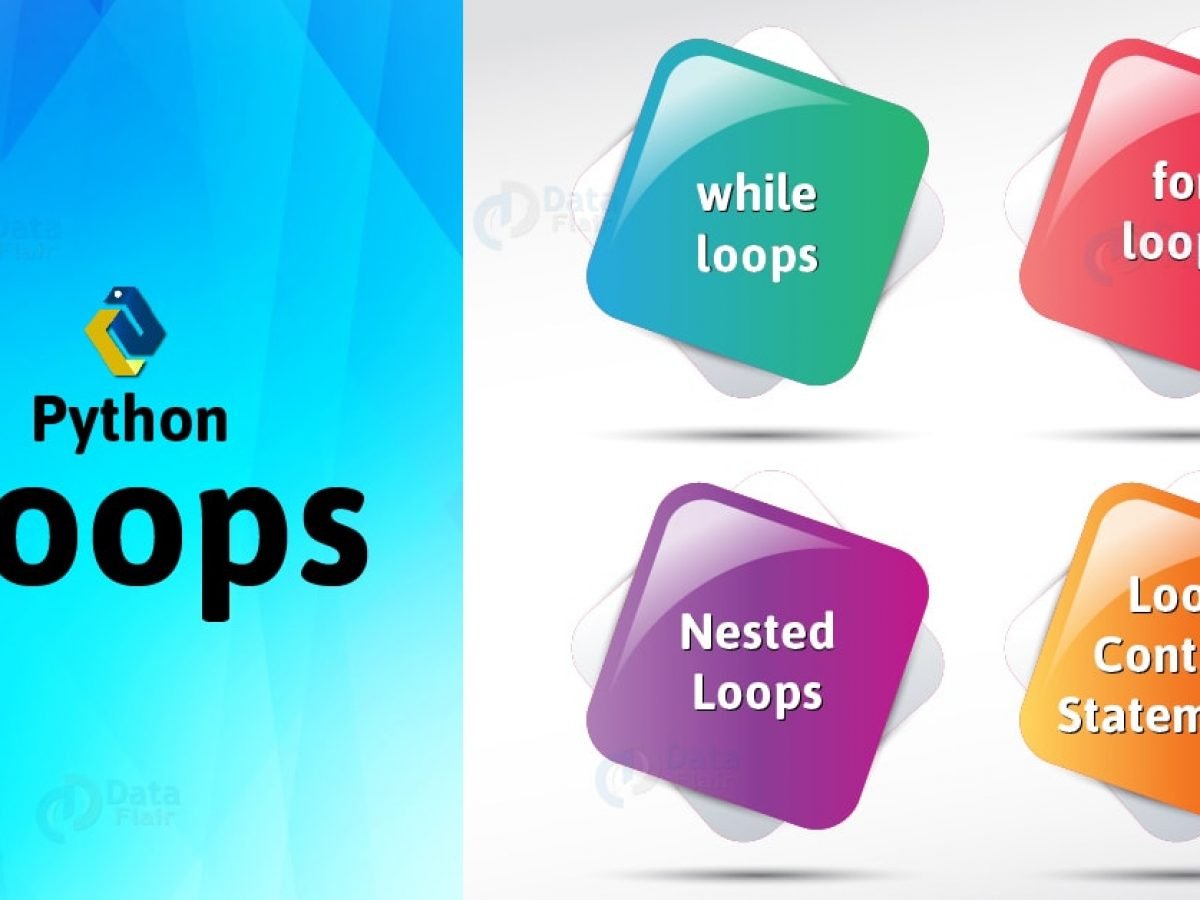

#UNDERSTANDING A FOR LOOP IN R CODE#
You immediately see this is rather tedious: you repeat the same code chunk over and over. You can do this as follows: print(paste("The year is", 2010)) How can we make R look at each row and tell us if an entry is from 1984 Loops are a powerful tool that will let us repeat operations. Suppose you want to do several printouts of the following form: The year is where is equal to 2010, 2011, up to 2015. We’ve set up an if/else statement to identify whether the first entry in our table is from 1984, but we want to know that information for all of the entries in our table. Let’s get back to the conceptual meaning of a loop. If the condition is true then process again, otherwise the. If you want to learn more on the concepts of vectorization in R, this is a good read. do loop is a type of loop, where the body of the loop are executed first then check condition.

#UNDERSTANDING A FOR LOOP IN R HOW TO#
Nevertheless, as a beginner in R, it is good to have a basic understanding of loops and how to write them. Suppose you need to print all uneven numbers between 1 and. Let’s have a look at a more mathematical example. For example, solutions that make use of loops are less efficient than vectorized solutions that make use of apply functions, such as lapply and sapply. How to write the first for loop in R Writing a simple for loop in R. Simply put, this allows for much faster calculations. Why? Well, that’s because R supports vectorization. When surfing on the web you’ll often read that one should avoid making use of loops in R. Sounds weird? No worries, it will become more clear once we start working with some examples below.īefore you dive into writing loops in R, there is one important thing you should know. Also it explains about the range function in python along with examples. They allow you to automate parts of your code that are in need of repetition. This video explains looping statement in python using for loops. So here is the syntax or perhaps an example of for loop for looping through files in particular location. But to loop through files using for loop, we have to use ‘’ followed by a single letter like y. So far in for loop, we have used ‘’ followed by a single letter. It is aimed at beginners, and if you’re not yet familiar with the basic syntax of the R language we recommend you to first have a look at this introductory R tutorial.Ĭonceptually, a loop is a way to repeat a sequence of instructions under certain conditions. Batch file for loop looping through files.

We have learned how to subset objects by index.In this tutorial we will have a look at how you can write a basic for loop in R. The ‘trick’ here is that the relative position changes trough the The result is a vector VAT that contains, for each client, the correct VAT that needs to be applied. In each round through the loop, add the outcome of switch () at the end of the vector VAT. For every value in the vector client, apply switch () to select the correct amount of VAT to be paid.

Loops in R always iterate over a sequence (a vector), where the length of the The simplest and most frequently used type of loops is the for loop. When you nest two loops, the outer loop takes.


 0 kommentar(er)
0 kommentar(er)
